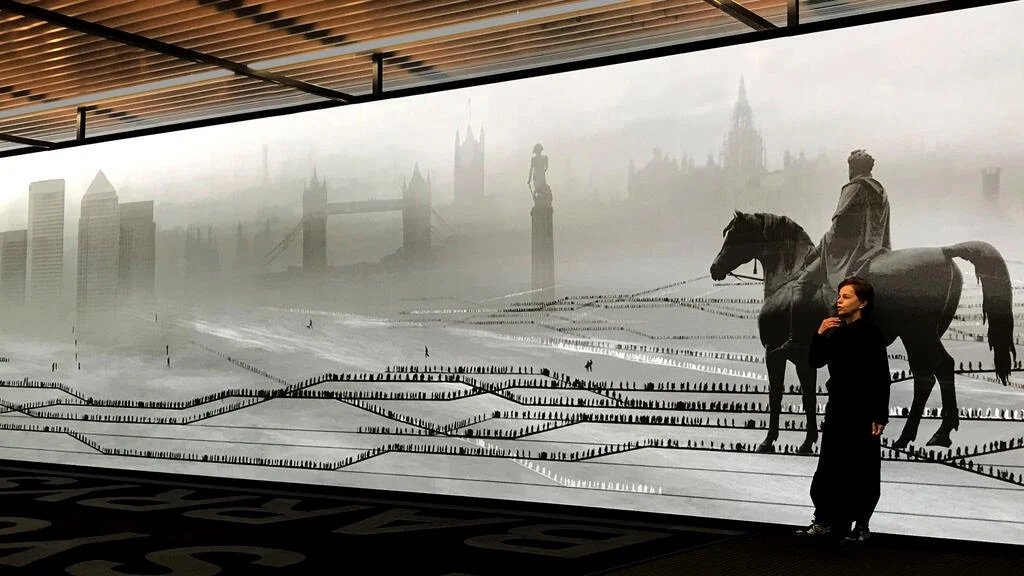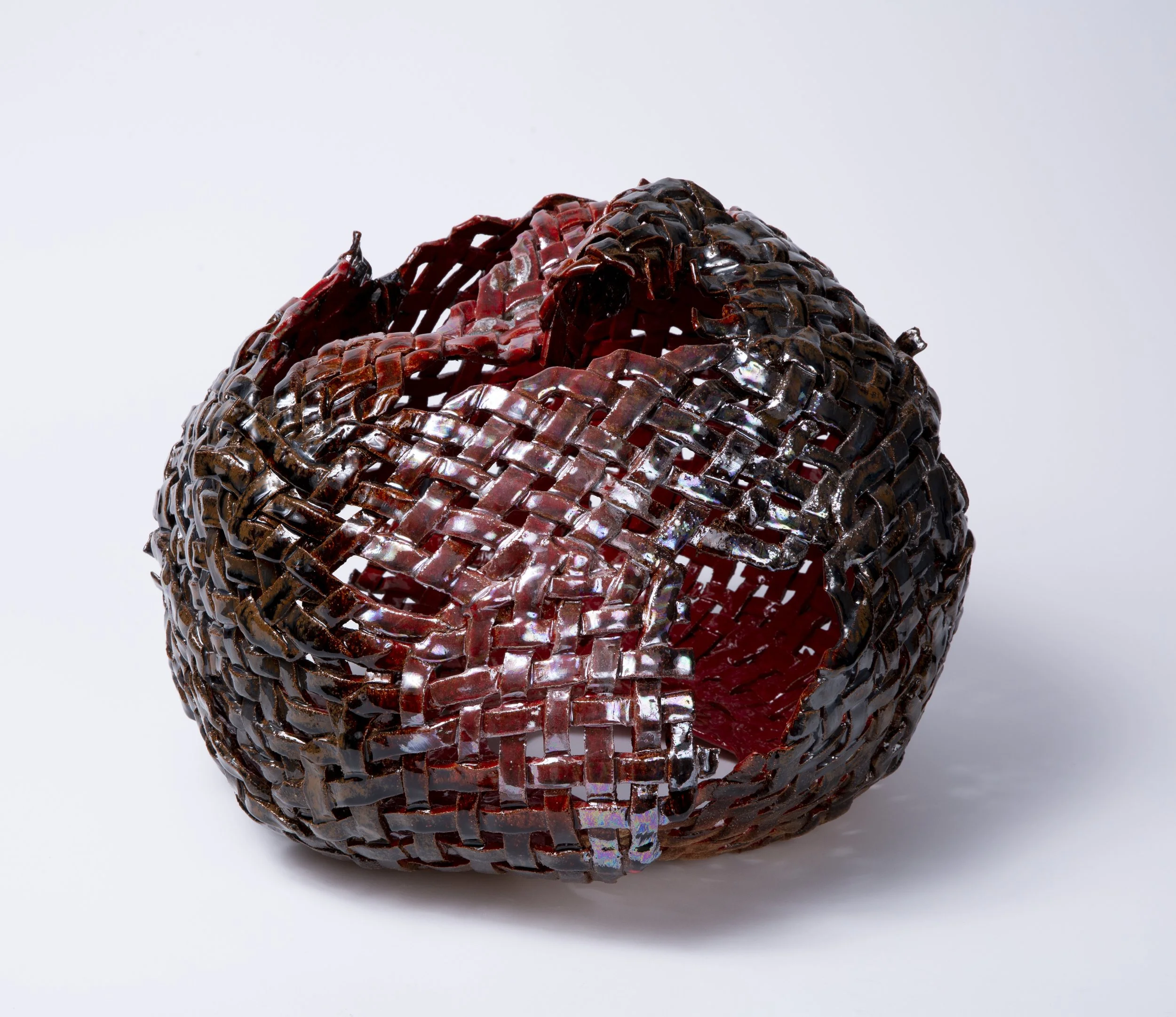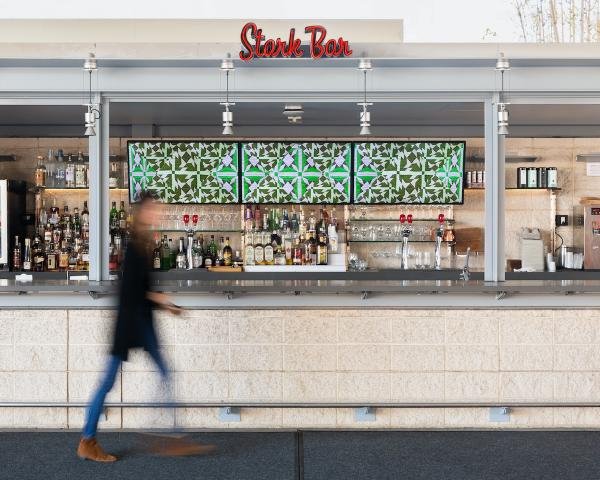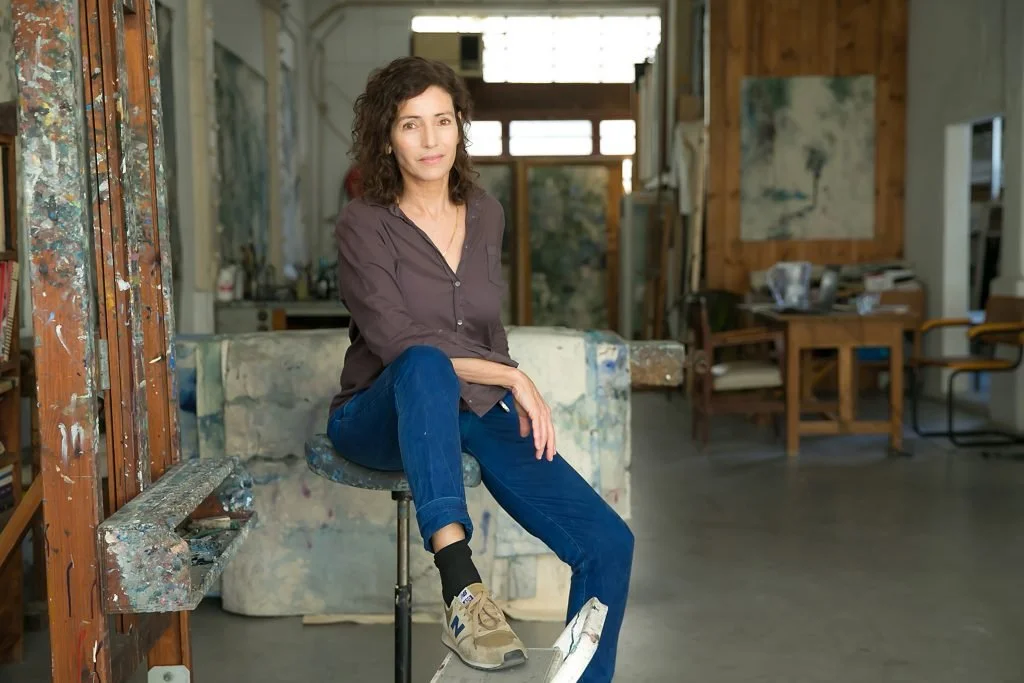January 13th, 2022
Artnet Gallery Network
About the Artist: Tel Aviv-based artist Orly Maiberg (b.1958) has spent her career exploring the tensions and harmonies between nature and the human figure. The scale of these figures has vacillated dramatically depending on the intentions of the series, from occupying the majority of the canvas in her “Bedroom Eyes” series from the early aughts, to being dwarfed by sublime and tumultuous surroundings in her recent works currently on view in “Where Do We Go from Here” at Los Angeles’s Shoshana Wayne Gallery. Maiberg’s works have been featured in exhibitions at the San Jose Institute of Contemporary Art, the Tel Aviv Museum of Art, the Israel Museum, and the Haifa Museum of Art.
Why We Like It: In 2015, after many years of painting in a realist tradition, Maiberg began to experiment with painting on loose raw canvas. This shift towards more free welding materials encouraged Maiberg to transform her style of representation. In her current works, viewers must search out the small isolated figures she paints moving precariously through disorienting abstract landscapes with no discernible horizon lines. In one painting a tightrope walker struggles to keep his balance; in another, a figure dives into a sea of purple and blue splashes. These scenes are ambiguous, filled with unresolved suspense, that draws the eye back, and back again.
According to the Artist: “My approach to painting changed when the canvas broke loose from its frame. The movement in the studio evolved intuitively, involving gestures of the whole body, laying the canvas on the floor, and kneeling over it, which allowed more freedom. Using diluted ink paint let in randomness, which led to abstraction. In ‘Where Do We Go from Here,’ I feel I am at an important phase in my artistic path, where I am challenged by abstraction, yet figuration is a crucial factor for me. The fragile human figures define the painted space, which is bound by somewhat vague rules… The works in this exhibition were completed recently. Some were painted while in lockdown and under restrictions at my studio space in Jaffa. Like many others, I too was trapped in this weird limbo and forced to self-introspect, contemplating and reassessing my views. With no horizon in sight, flying, falling, or suspended figures, freed or forever trapped in an illusionary, infinite world, emerged from my canvases.”
Read more here.





















